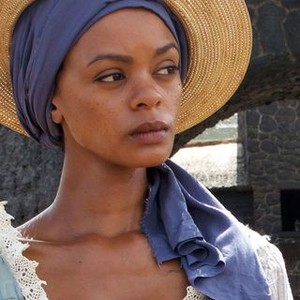


Ganananth Obeyesekere, in his argument with Marshall Sahlins over Hawaiian's first perceptions of Captain Cook, argued convincingly that Europeans, since at least the time of Cortes, believed a cultural truth: that indigenous people on encountering a European (man) for the first time, were highly likely to perceive the European as a god.3 While Sahlins probably won the debate with specific regard to Cook's experiences, Obeyesekere's insight into the European imaginary has provoked broader questions about the European historical narratives of conquest.4 The story of European men enjoying the bodies and services of a special local young woman might also be understood as a "myth model" of the Atlantic World.5 If the body of the indigenous woman has been pressed into the service of history, why is this so? The role of women like Pocahontas, Malintzin, and Krotoa arose in part from the dynamics of the local societies in which they were living at the time of their encounters. Well-known conquistadors, settlers and governors such as Hernando Cortes, John Smith, Jan van Riebeeck - the first governor of the Cape Colony -and the many other European men engaged in exploration and settlement wrote of their first interactions with indigenous societies in part through the prism of an encounter with a helpful young native woman. The overly sexualized native woman surfaces in the sources of European exploration in places as diverse as North America, the South Pacific, East Indies and West Africa.2 Another account that is acknowledged in its distinctiveness, but not in its generality, pervades in particular the founding histories of settler societies bordering on the Atlantic World. Narratives of heterosexuality permeate the history and dominant historiography of European exploration and conquest in the early modern period.1 One tale involves the hyper-sexuality of indigenous women and seems to be applicable to the discovery and exploration literature of much of the early modern era.


 0 kommentar(er)
0 kommentar(er)
